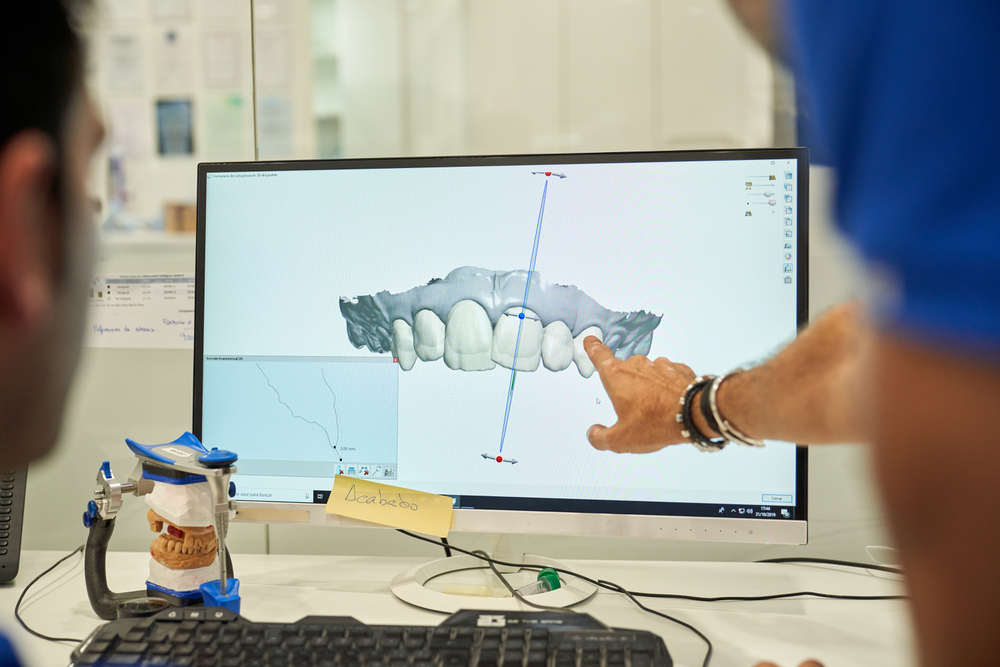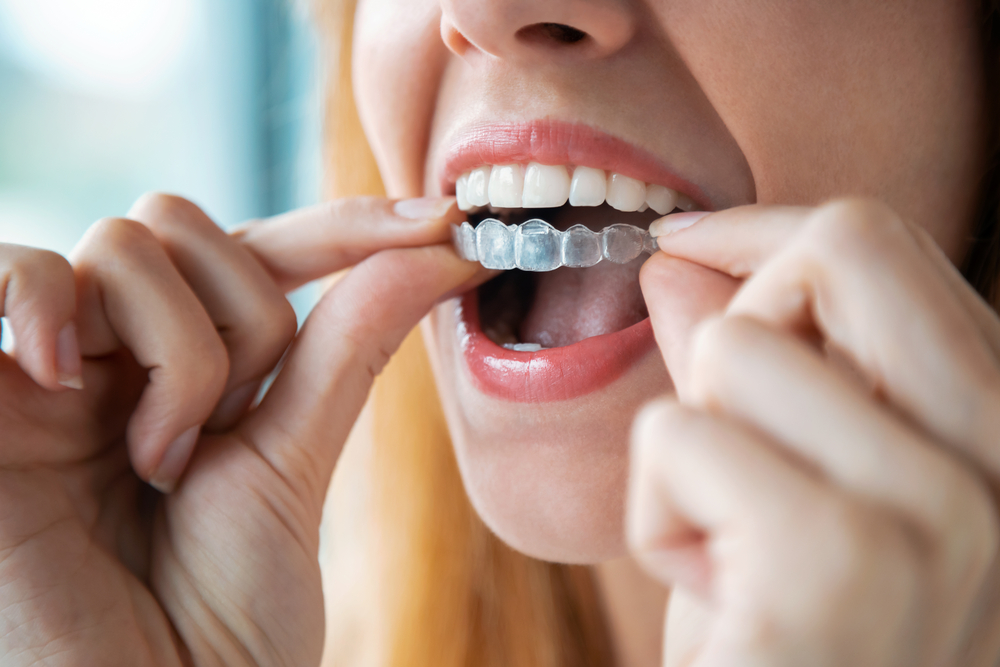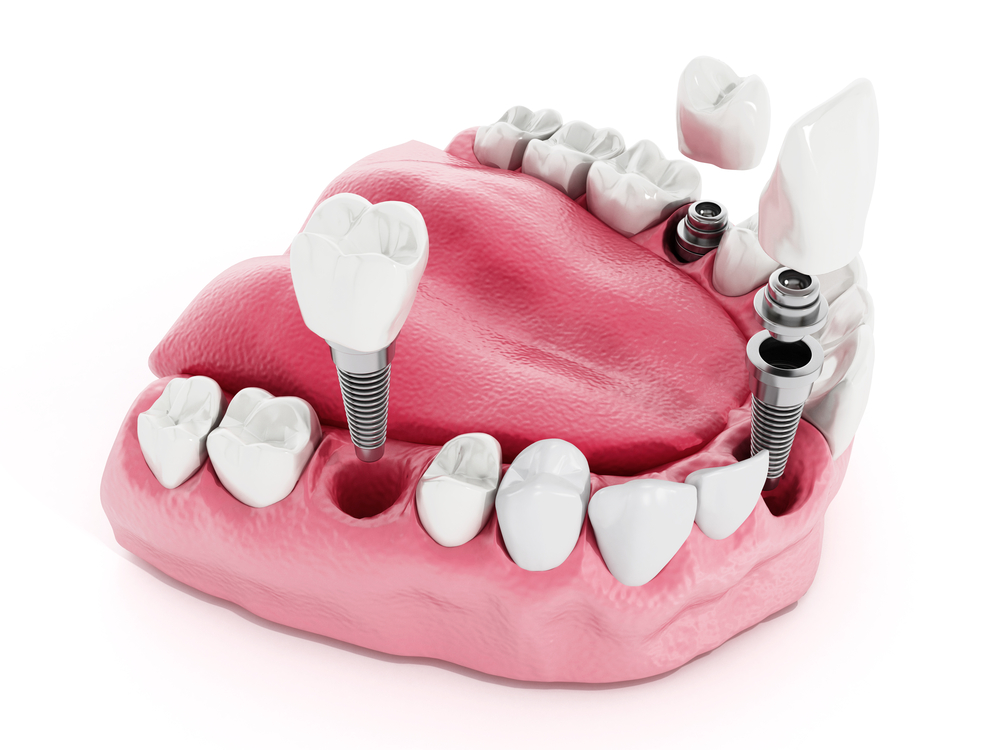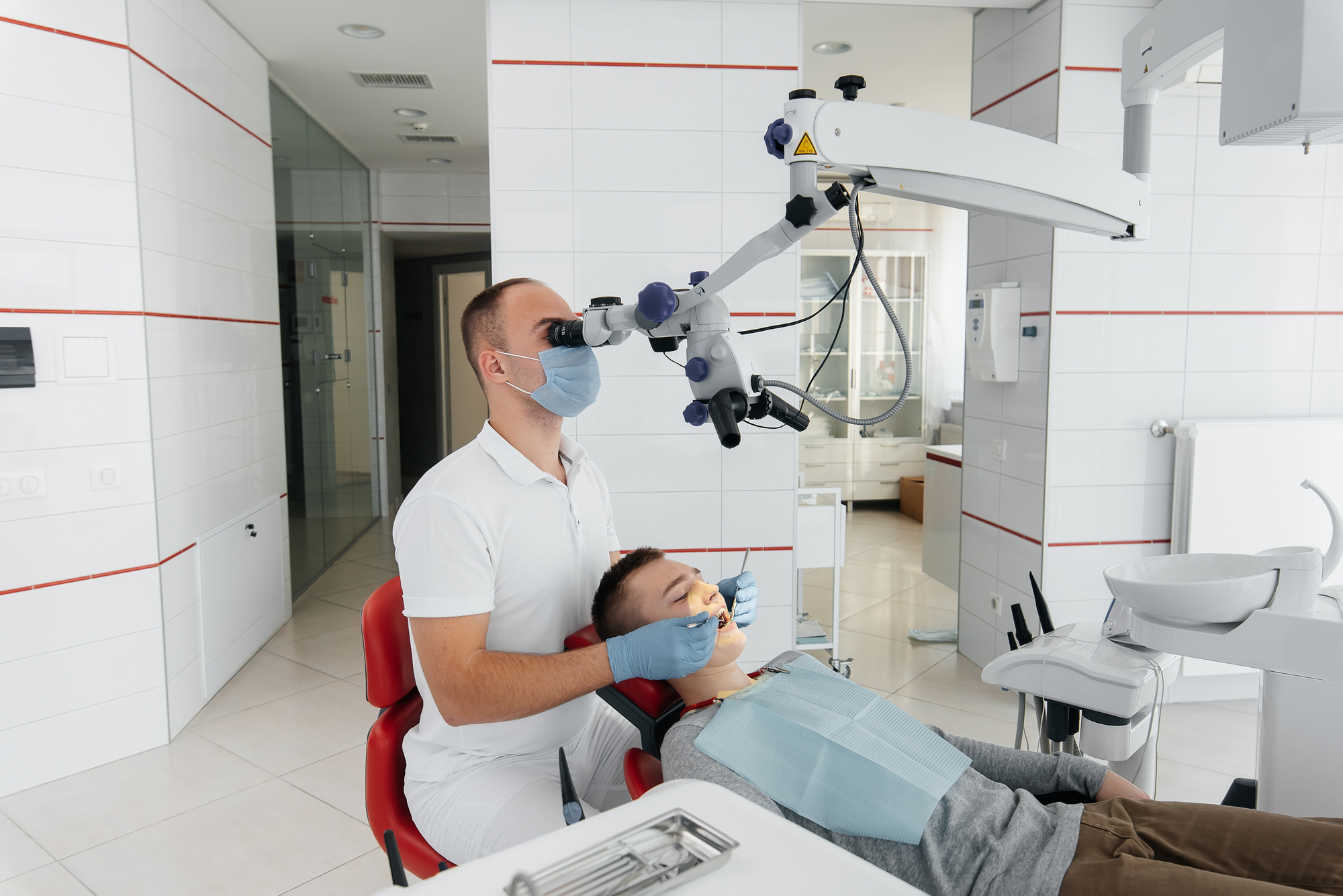When you think about dental health, one of the first things that might come to mind is the necessity of maintaining strong, healthy teeth. However, accidents happen, and a broken tooth is one of the most common dental emergencies. Whether it’s caused by a sudden impact, biting into something hard, or a pre-existing dental issue, a broken tooth can be both painful and alarming. Fortunately, dental fillings offer an effective solution to repair the damage and restore your smile. In this comprehensive guide, we’ll delve into what dental fillings are, how they work, and why they are essential for fixing broken teeth, especially when it comes to addressing common dental problems in children.
What Are Dental Fillings?
Dental fillings are materials used by dentists to repair damaged teeth, typically those that have been affected by cavities, fractures, or breaks. The purpose of a dental filling is to restore the function, integrity, and morphology of the missing tooth structure. In the case of a broken tooth, the filling not only restores the tooth’s shape but also helps to protect it from further damage and decay.
There are several types of materials used for dental fillings, including:
– Amalgam Fillings: Made from a mixture of metals, including silver, mercury, tin, and copper. These fillings are durable and often used for back teeth due to their strength.
– Composite Fillings: Made from a resin that can be colored to match the natural tooth. These fillings are popular for their aesthetic appeal and are commonly used for front teeth.
– Ceramic Fillings: Often made of porcelain, these are durable and can also be color-matched to the tooth. Ceramic fillings are more resistant to staining compared to composite fillings.
– Gold Fillings: These are durable and can last many years, but they are more expensive and are not as commonly used due to their noticeable appearance.
How Do Dental Fillings Work?
When you visit a dentist with a broken tooth, the first step in the treatment process is a thorough examination. The dentist will assess the extent of the damage to determine the best course of action. If a filling is required, the procedure generally follows these steps:
1. Numbing the Area: The dentist will apply a local anesthetic to numb the area around the broken tooth to ensure a painless procedure.
2. Removing Decay or Damaged Tissue: If the broken tooth is accompanied by decay, the dentist will remove the decayed portion to prevent further damage.
3. Cleaning the Area: The dentist will then clean the area to remove any debris or bacteria.
4. Applying the Filling Material: The chosen filling material is placed into the cavity or the area of the break. For composite fillings, a special light may be used to harden the material.
5. Shaping and Polishing: After the filling is set, the dentist will shape and polish it to ensure it blends seamlessly with the surrounding tooth.
The entire process is typically quick and can be completed in a single visit.
Addressing Common Dental Problems in Children
Children are particularly susceptible to dental issues due to their developing teeth and often less-than-perfect oral hygiene habits. Among the most common dental problems in children are cavities and broken teeth, which are often related. Children are more likely to sustain a broken tooth due to accidents or playing sports, and when combined with poor dental hygiene, the risk of cavities increases.
Cavities are one of the leading reasons children require dental fillings. When left untreated, cavities can weaken the tooth structure, making it more prone to breaking. A broken tooth in a child can lead to significant discomfort and potential long-term dental issues if not promptly addressed. This is where dental fillings become invaluable.
For children, composite fillings are often preferred due to their aesthetic appeal and compatibility with young, developing teeth. Additionally, composite fillings require less removal of healthy tooth structure compared to other materials, which is an important consideration for preserving the natural tooth as much as possible.
The Importance of Timely Intervention
When dealing with a broken tooth, especially in children, timely intervention is crucial. Ignoring a broken tooth or delaying treatment can lead to further complications such as infection, increased sensitivity, and difficulty in chewing. Moreover, a broken tooth that is left untreated can become more vulnerable to further damage, potentially requiring more invasive and costly treatments in the future.
Dental fillings provide an effective, minimally invasive solution to these problems. By promptly addressing a broken tooth with a filling, the dentist can restore the tooth’s function and prevent additional issues. This is especially important for children, as maintaining healthy teeth during their developmental years sets the foundation for a lifetime of good oral health.
Dental fillings play a vital role in the treatment of broken teeth, offering a reliable and effective solution for restoring both the appearance and function of the affected tooth. The most common dental problems in children are cavities and broken teeth, fillings are an essential part of maintaining their oral health.
Whether it’s a simple cavity or a more significant fracture, dental fillings are designed to provide long-lasting results, helping to protect and preserve your natural teeth. By understanding the role of dental fillings and seeking timely treatment, you can ensure that both you and your children maintain healthy, strong teeth for years to come.










